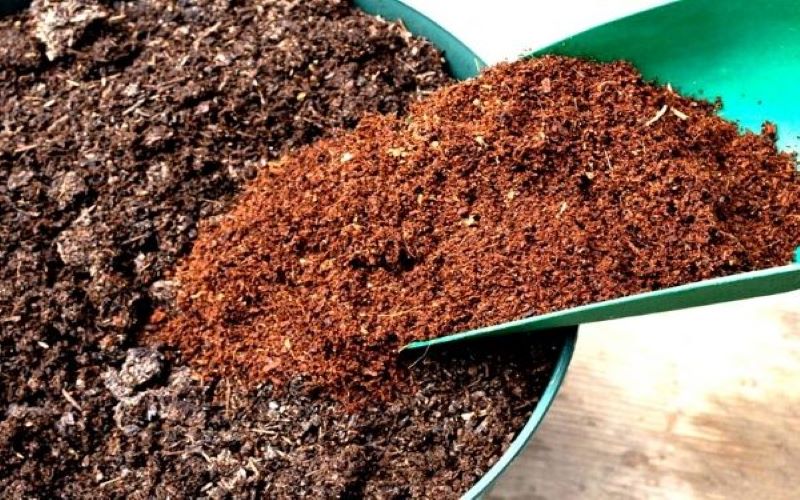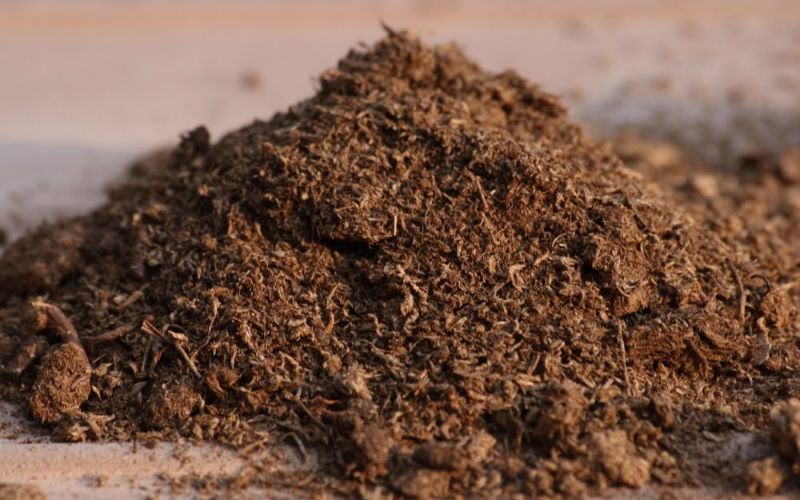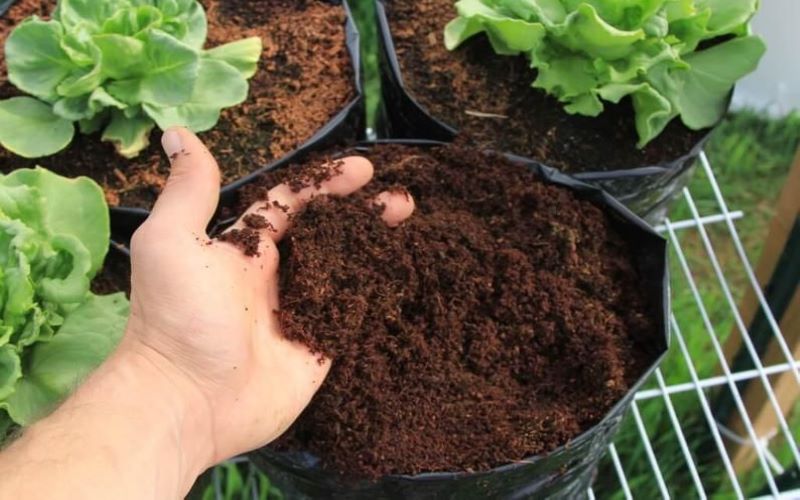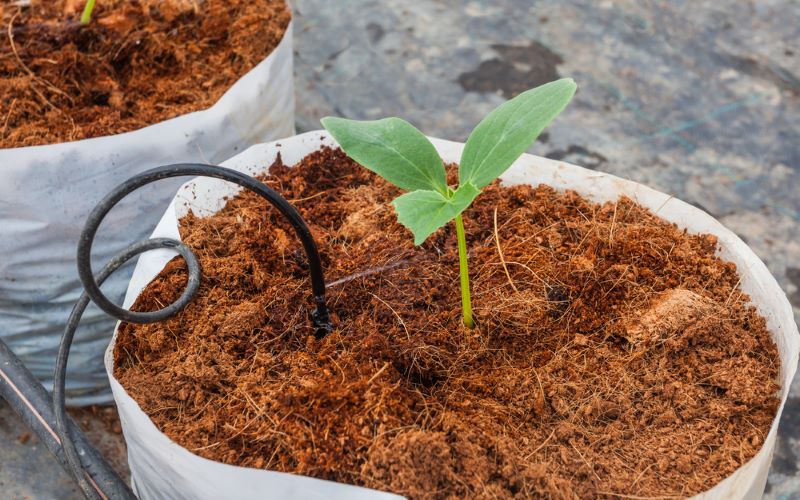What is coco peat? Should you use coco peat or peat moss for your soil?
What is coco peat? Should you use coco peat or peat moss for your soil?

Both peat moss and coco peat are excellent media for soil. People derive them from natural plant origin to help retain water in soil. Each of them contain a great deal of nutrients that are advantageous to the soil and encourage natural microbial population. However, coco peat is being used more and more widely by many farmers nowadays. What is the reason for this? Should you use peat from coconuts or peat moss? This essay will help you answer all those questions.
What is peat moss?

Normally, bogs or peat mines just reach the depth of under 1 millimeter of peat per year. Besides, due to the slow process of decomposing, peat moss is a pretty valuable resource with many people. Hence, in Vietnam the price of this product is above-average, which fluctuates around 300,000 VND per 70 litre.
What is coco peat?

The peat sometimes is misjudged and called coco coir or coco peat coir by many people. However, unlike coco coir, coco peat after being sieved just remains the peat but not the fiber.
Coconut peat is popular to be better than other bio soil for planting. It is rich in natural acidity, which is very good for vegetables. Coco peat contains a huge number of good nutrients, especially potassium. With potassium, it can reduce the amount of nitrogen, though the presence of other organic materials, such as organic compost, will help balance the level of nitrogen.
Advantages of coco peat and peat moss
Advantages of coco peat

Advantages of peat moss
Peat moss has difficulty in releasing water. If you soak the peat moss in water at the weight of 20 times greater than its own weight, water from peat moss will release very slowly. If you do not water your plants sufficiently, they can still survive on the stored water from peat moss. Besides, peat moss is also rich in acidity. Although the high acidity may sometimes be a drawback in cultivating plants, it can be a benefit if you water your plants with tap water – an alkaline kind of water. Peat moss has a reasonable price among the soil materials.
Disadvantages of coco peat and peat moss
Disadvantages of coco peat
First, coco peat can easily be contaminated with animal manure. Therefore, coconut cultivated in some areas roaming cows may have some difficulties. Besides, if the coconuts are not totally ripe, their coco peat may contain a high amount of salt – a harmful nutrient for soil. Moreover, coconut peat is more expensive than peat moss in many countries because of the shipping cost to transport it from other nations. Using peat also requires you to cut down on the amount of potassium in fertilizers and increase the level of nitrogen.
Disadvantages of peat moss
Peat moss is an acidic-based ingredient. Its pH level usually fluctuates from 3.5 to 4 pH. There are so many plants that do not like this high level of acidity. So, if you want to use peat moss, you must add limestones to raise the level of pH. Furthermore, peat moss oftenly contains some harmful bacterias and fungi that can pollute plants. It can also attract snails, which do not like coconut peat. Especially, some studies show that peat moss is unsustainable, which takes up to 25 years to renew after harvesting.
Should you use coco peat or peat moss?

However, we will recommend you to use the coco peat when thinking of its sustainability, longevity, and especially environmental-friendly feature. With those 3 elements, it is clear that coconut peat has a benefit over peat moss. While these 2 media have their own benefits, peat moss has a greater negative impact on the environment.
At Tropicoco Vietnam, we place value on creating a green and environment-friendly world. We love to introduce people to the advantages of coconut peat and why we should use this media. Therefore, buying and using the peat from coconut, instead of other media, is a necessary work for our planet.
Conclusion
This topic has shown you some helpful information about the coco peat – a very beneficial and environment-friendly media. Comparing with peat moss or other media, the peat from coconuts has many more advantages and is worth using. If you are searching for a high-quality and trustworthy supplier of peat and other products from coir, you can contact Tropicoco Vietnam immediately.
Contact information
Tropicoco – The best substrate
Address: No.20 Ngan Long Villa, Nguyen Huu Tho street, Nha Be dist, Ho Chi Minh City
Email: giathe@tropical.vn
Hotline: +84 983230879
Open Hours: Mon-Sat: 8.00AM-5.00PM; Sunday: Closed

